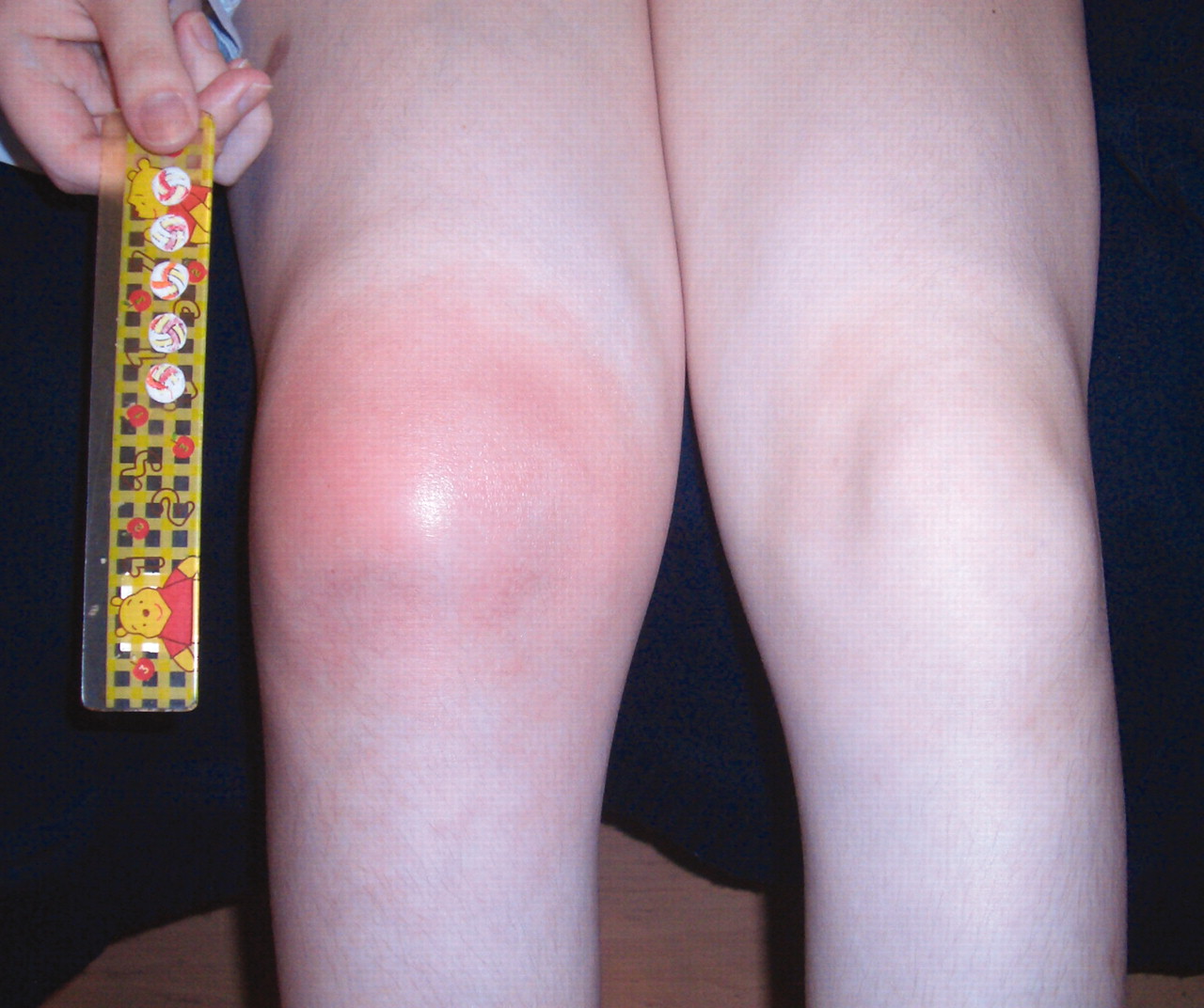
Seeing your child in pain is difficult. Sometimes, children experience joint pain. Juvenile arthritis affects young people. It’s not just an adult condition. This chronic illness impacts joints. It can also affect other organs. Early signs are often subtle. Recognizing them is important. Prompt diagnosis helps treatment. Long-term management is crucial. Parents play a vital role. Support is available for families.
Juvenile arthritis affects young people.
Juvenile idiopathic arthritis (JIA) is common. It’s the most frequent type. It usually affects kids under 16. The immune system mistakenly attacks joints. This causes inflammation and swelling. It leads to pain and stiffness. JIA is a chronic condition. It means it lasts a long time. It can vary in severity. Some children have mild cases. Others face significant challenges.
This chronic illness impacts joints.
JIA causes joint inflammation. Swelling, warmth, and redness appear. Joints feel stiff, especially in the morning. Pain can make movement hard. Children might limp or avoid using a limb. The affected joints vary. Knees, ankles, wrists are common. Fingers and toes can also be involved. Jaw and neck joints are possible too. Over time, damage can occur. This includes bone erosion.
It can also affect other organs.
JIA isn’t just about joints. Inflammation can spread throughout the body. The eyes are often affected. This is called uveitis. It can lead to vision problems. Regular eye exams are crucial. The skin can develop rashes. Fever and fatigue are common. Internal organs like the heart are rare. Lymph nodes might swell up. This systemic impact is serious. Close monitoring is necessary.
Early signs are often subtle.
Detecting JIA can be tough. Symptoms may appear slowly. A slight limp might be noticed. A child might avoid physical activity. Morning stiffness is a key indicator. It usually improves throughout the day. Swelling might be intermittent. Pain levels can fluctuate. Sometimes, only one joint is affected. Parents might think it’s growing pains. Or simply a minor injury.
Recognizing them is important.
Parents are key observers. Trust your instincts if something feels off. Pay attention to persistent symptoms. Stiffness after rest is significant. Unexplained limping needs attention. Swelling without injury is concerning. Fever without infection warrants review. Report these signs to your doctor. Be specific about your observations. Early recognition aids diagnosis. It improves treatment outcomes greatly.
Prompt diagnosis helps treatment.
Seeing a pediatrician is the first step. They might refer to a rheumatologist. This specialist treats joint diseases. Diagnosis involves physical exams. Blood tests are also performed. They look for inflammation markers. X-rays can show joint damage. MRI scans give detailed images. There’s no single diagnostic test. It’s often a process of elimination. Getting a timely diagnosis prevents delay.
Long-term management is crucial.
JIA requires ongoing care. Treatment aims to control inflammation. It helps prevent joint damage. It reduces pain and stiffness. It improves mobility and function. The goal is long-term remission. This means few or no symptoms. A team approach is best. Doctors, therapists, and nurses collaborate. Parents are active team members. Regular follow-ups are essential.
Parents play a vital role.
You are your child’s advocate. Learning about JIA empowers you. Understand the medication schedule. Monitor for side effects closely. Encourage adherence to therapy. Support your child emotionally. Help them explain their condition. Work with their school too. Ensure teachers understand limitations. Facilitate physical activity adaptations. Your involvement truly makes a difference.
Support is available for families.
You are not alone in this. Connect with other families impacted by JIA. Support groups offer invaluable help. They share experiences and advice. Online communities are also available. Organizations provide resources. They offer educational materials. They advocate for children’s health. Financial assistance programs exist. Counseling can help manage stress. Seek out these networks.
It ensures quality of life.
The ultimate goal of treatment. It is to help children live fully. They should participate in school. They need to enjoy childhood activities. Pain control is paramount. Maintaining mobility is vital. Preventing disability is key. Addressing emotional well-being matters. A good quality of life is achievable. Consistent care makes this possible. Children can thrive with JIA.
Physical therapy is fundamental.
Movement helps maintain joint health. Physical therapists design exercises. They focus on range of motion. They build muscle strength. They improve flexibility and balance. These exercises reduce stiffness. They enhance overall physical function. Occupational therapy helps with daily tasks. It teaches adaptive strategies. They help with dressing or writing. Therapists are key allies.
Medications control inflammation.
Various drugs treat JIA. Nonsteroidal anti-inflammatory drugs (NSAIDs) are first. Ibuprofen or naproxen reduce pain. DMARDs (disease-modifying antirheumatic drugs) are used next. Methotrexate is a common DMARD. Biologics are newer, targeted therapies. They block specific immune pathways. These drugs have side effects. Doctors monitor them closely. The right medication varies by child.
Regular eye exams are crucial.
Uveitis can develop quietly. It often has no noticeable symptoms. This makes regular screening vital. An ophthalmologist performs exams. They look for inflammation signs. Early detection prevents vision loss. Eye drops often treat uveitis. Severe cases may need other drugs. Do not skip these appointments. They protect your child’s sight. This is a critical preventive step.
Emotional well-being matters.
Living with JIA is challenging. Children can feel isolated or different. They might struggle with pain. They might miss school activities. This impacts self-esteem. Encourage open communication. Validate their feelings always. Seek counseling if needed. Support groups help normalize feelings. Focus on strengths and abilities. Help them find joy despite JIA. Resilience can be built over time.
Working with their school too.
School life needs consideration. Teachers should understand JIA’s impact. Discuss potential accommodations. A flexible schedule might be needed. Extra time for assignments helps. Easy access to elevators is useful. Modify physical education activities. Encourage breaks during the day. Communicate regularly with staff. This partnership supports learning. It ensures school success.
Encourage adherence to therapy.
Medication schedules can be complex. Children might resist taking drugs. Explain the importance clearly. Make it a routine whenever possible. Use positive reinforcement. Involve them in their care. Help them understand their condition. This fosters responsibility. Adherence directly impacts outcomes. Consistent treatment leads to better health. It’s a shared commitment.
Juvenile arthritis impacts children with joint pain and more; understanding early signs, securing prompt diagnosis, and embracing long-term, supportive care can help them thrive.
